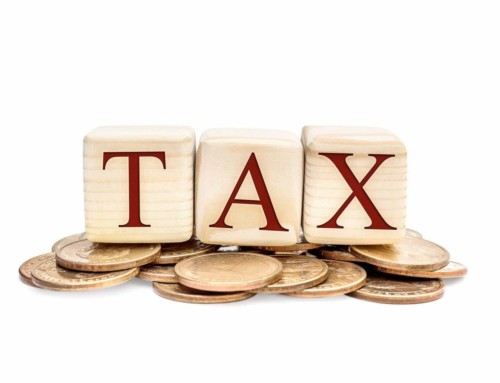On September 18th and 19th two announcements were made. Both the United States and South Africa’s monetary policy decision makers kept their respective interest rate levels unchanged. While these announcements were expected they do need to be highlighted and the expected direction of the interest rates discussed.
Below the interest rate history since 2000 is indicated for the United States and South Africa. It is notable that both rates have plummeted since the 2008 credit crisis. Currently the US Federal Funds rate is 0.25% while the South African Repo Rate is 5%. These are exceptionally low rates as the last time the United States experienced these levels was in 1954 and South Africa has never experienced interest rates this low.
The South African Reserve Bank currently has a dual mandate which is to keep inflation in the targeted band of 3% – 6% and to keep growth as high as possible. While the headline inflation rate is currently above the targeted band at 6.4% the Reserve Bank does expect this to recede back into the targeted band. Inflation is not being driven by consumer demand factors but rather by pressures from the weakened exchange rate and administered prices such as petrol.
Economic growth is a worrying factor for the Reserve bank as the annual year on year GDP growth rate came in at 2%. The output gap, which measures the actual output of an economy versus the output it could achieve when it is most efficient, or at full capacity, continues to widen while employment data indicates very low rates of net employment creation in the economy.
So the question then arises: when will interest rates increase from their current low levels?
This is a complex question to answer but a few factors can guide us to a reasonable conclusion. If we focus firstly on the inflation figures that could potentially trigger an increase then the most clear and present threat is an exchange rate that weakens further. The Rand has been supported by high inflows into our bond markets which have been driven in part by the loose monetary policies of the developed world. Should the United States begin to taper their bond purchasing program we could see lower rates of inflows which one could reasonably expect to manifest itself as a weaker Rand.
This could prompt the South African Reserve Bank to increase interest rates to entice foreign flows back into our bond market which would be supportive of a stronger Rand and should lower the inflationary pressures of a weaker exchange rate.
If the tapering of bond purchases does not cause the Rand to weaken to such an extent that the inflation outlook is affected too adversely then the next trigger would be rising interest rates in the United States. Should the Federal Reserve raise interest rates this would make US bonds more attractive relative to South African bonds – again this would cause an outflow from our bond markets placing pressure on the exchange rate and by extension on the inflation rate.
What would cause the US to increase interest rates?
Well here we have some clear guidance from the Federal Reserve. They have already indicated that they anticipate that the 0.25% federal funds rate will be appropriate for at least as long as:
the unemployment rate remains above 6.5%,
- inflation between one and two years ahead is projected to be no more than half a percent above the 2% longer-run goal,
- longer-term inflation expectations continue to be well anchored.
The Federal Open Market Committee will also consider other economic measures to ensure that the dual mandate of the Committee – maximising employment while maintaining inflation of 2 percent – is still met.
At present it is not expected that the United States will increase interest rates before 2015.
Conclusion
While there are inflationary pressures from an exchange rate perspective it is unlikely that the South African Reserve Bank will increase interest rates merely to manage inflationary effects of a weakening exchange rate. Economic growth is of greater concern as South African consumers remain under pressure with persistently high debt to disposable income ratios.
All of this points to an interest rate which can be expected to remain low for longer.







